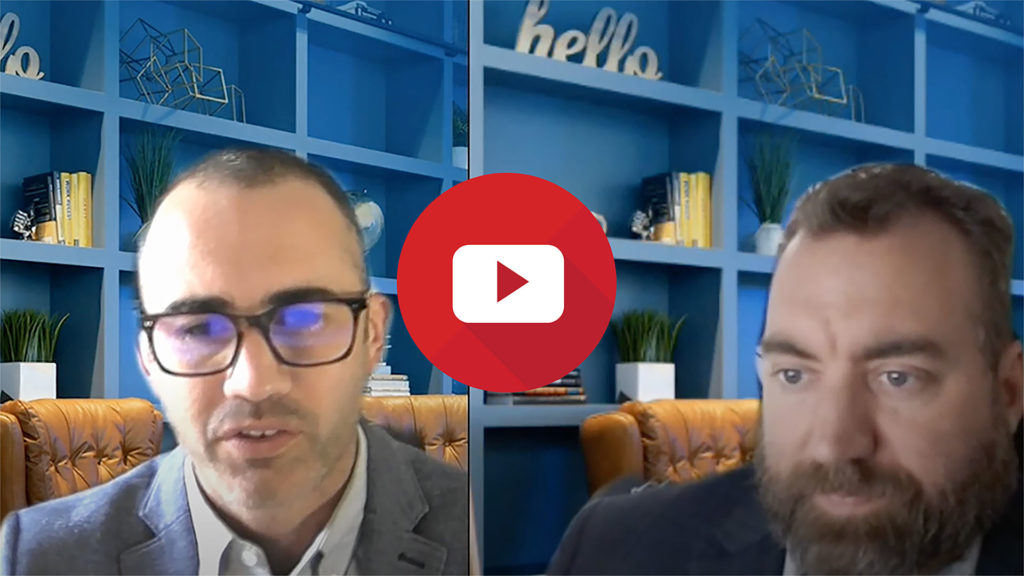The traditional way of filling and approaching CIO roles is due for an upgrade. Years of experience and deep expertise working across industries in data consulting, architecture, and strategy led us to devise the ciOS methodology. Think of it as approaching a CIO role from an agile process position.
CIOs don’t just manage technology
Truly great CIOs (Chief Information Officers), like other truly great C-suite representatives, are rare and invaluable. The ones who get the best outcomes for their organizations are proactive, making course corrections as often as necessary and combining elements of the other C-suite positions: risk management, success management, and forward-thinking leadership. But because only a rare person can nimbly and effectively execute such a wide range of skills, we crafted our ciOS methodology and virtual CIO service to support technology leaders with clear, effective strategies that move organizations forward.
View your organization holistically
Simply evaluating your hardware, networks, and a handful of systems falls short of the insight you need most. Looking at technology through this isolated, tunnel-vision lens will not produce outcomes that help you thrive; a holistic approach is the only way to total organizational health. The Resultant ciOS methodology gives a big-picture view, including regular health and alignment reviews. Relevant insights come from understanding an organization’s culture and how its current technology supports or falls short for the people who use it. Strategic alignment with an organization’s mission depends on a full consideration of people, processes, and technology.
Agility equals relevancy
Conceptually, our ciOS methodology is like turning the CIO role into an agile process, complete with sprints and frequent reevaluations throughout the year. An agile process allows you to implement small changes to test theories, get fast feedback, and enjoy quick wins or smooth course correction as needed. When you think about Moore’s Law—the idea that every two years, computers power doubles and cost halves—making a five- or even three-year plan for technology isn’t viable. Keeping with traditional long-term IT plans that have infrequent evaluations keeps the entire team firmly in reactive mode.
Let’s be clear: Nobody wants to live one-hundred-percent-reactively; you can’t further your goals from there, and it’s incredibly frustrating.
Act and evaluate
People who live and breathe technology know its limitations. The old “set-and-forget” technology model is not going to give your business the outcomes you want. With a strategic roadmap and frequent check-ins along the way for course correction, you’ll start to see some quick wins and true alignment with your purpose. Daily incremental growth keeps you on your desired path, and that sense of progress has incomparable effects on team morale.
Learn more about how an agile approach to the CIO role increases technology leaders’ impact in this discussion:






